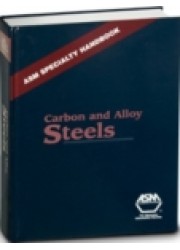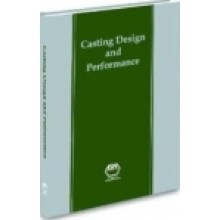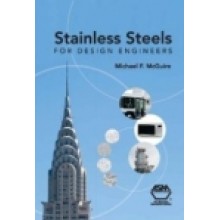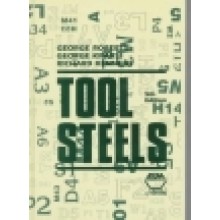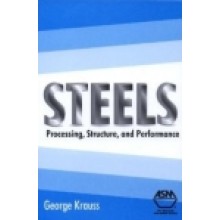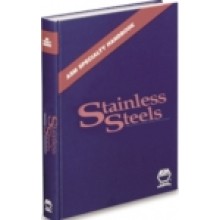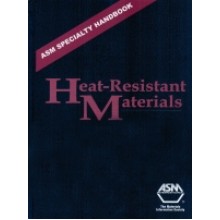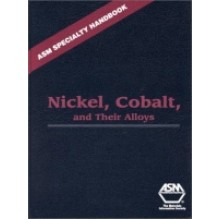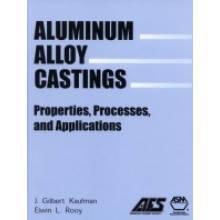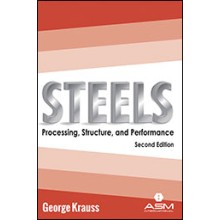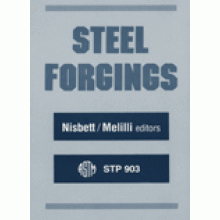ASM Specialty Handbook : Carbon and Alloy Steels
Our Price: $293.25
Discount : 15%
Quantity:
-
Add to Compare
Carbon and alloy steels are the workhorse of structural materials in modern engineering because of their very reasonable costs coupled with their many and varied properties that allow their use in such a large array of applications. It's very easy to take steel for granted and forget how much it's relied upon in critical uses such as cars, bridges, buildings, landing gear assemblies, and more. It's what makes Carbon and Alloy Steels such an important work. The fourth in the ASM Specialty Handbook series, it places special emphasis on the processing and service characteristics of steel. You'll find detailed, yet practical information that will help you select the best grade for a particular environment or application. There are in-depth reviews on formability, weldability, machinability, and hardenability of the various steel grades. You'll also discover how adding certain alloys can significantly improve steel processing. The strength and toughness section has been greatly expanded with more coverage than ever before of corrosion fatigue. You'll have access to extensive reports detailing which steels are more susceptible to environmental damage such as stress-corrosion and hydrogen embrittlement. Temperature effects relating to mechanical properties and corrosion are also discussed. As a special feature, entirely new articles on steels for specific applications like bearings, gears, automotive, oil and gas pipelines, and more, are also discussed. Not only are material requirements covered, but applicable codes, standards, and specifications as well. You'll learn what problems and failures others have experienced and what you can do to avoid similar difficulties.
Contents
General Introduction to Carbon and Alloy Steels
General Introduction to Carbon and Alloy Steels
Processing Characteristics
Sheet Formability of Steels
Bulk Workability of Steels
Machinability of Steels
Weldability of Steels
Hardenability of Steels
Service Characteristics
Wear Resistance of Steels
Elevated-Temperature Properties of Steels
Low-Temperature Properties of Steels
Fatigue Resistance of Steels
Notch Toughness of Steels
Fatigue and Fracture Mechanics Properties of Steels
Thermally Induced Embrittlement of Steels
Neutron Irradiation Damage of Steels
Properties of Weldments
Effects of Steel Processing on Properties
Microstructure/Property Relationships in Steels
Corrosion Behavior
Atmospheric Corrosion of Steels
Corrosion of Steels in Waters
Corrosion of Steels in Soils
Corrosion of Steels in Chemical Environments
Stress-Corrosion Cracking of Steels
Hydrogen Damage of Steel
Liquid-Metal and Solid-MetaEmbrittlement of Steels
Mechanically Assisted Corrosion of Steels
High-Temperature Corrosion of Steels
Protection of Steel from Corrosion
Material Requirements for Specific Applications
Steels for Rolling-Element Bearings
Steels for Gears
Steels for Springs
Steels for Threaded Fasteners
Steels for Automotive Applications
Steels for Aircraft and Aerospace Applications
Steels for Oil and Gas Pipelines
Steels for Coal-Fired Steam Power Plants
Steels for Buildings and Bridges
Steels for Ships and Offshore Structures
Steels for Railroad Equipment
Index
Write a review
Your Name:Your Review: Note: HTML is not translated!
Rating: Bad Good
Enter the code in the box below:
Copyright © 2014 Engineering Standards Bureau. All Rights Reserved.
Developed By Zoom Into Web


